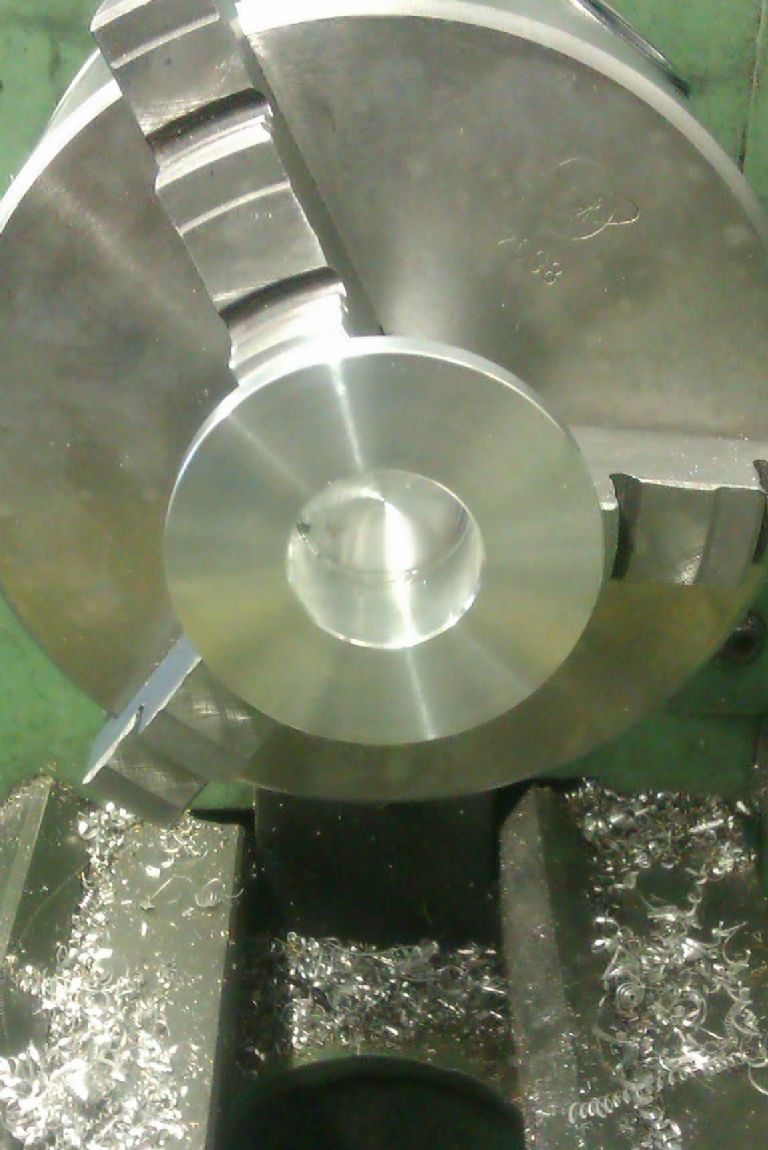- Joined
- Sep 2, 2011
- Messages
- 1,342
- Reaction score
- 360
Well, i figure i need to try building my first engine instead of watching everyone else and day dreaming about it.
the engine i chose is the b.j. cicada, plans here: http://modelenginenews.org/plans/BJ_Cicada.pdf
i have been pondering how to go about some of the steps as well as the materials for a while, i have posted several questions reguarding all that in different sections of the forrum and have gotten great answers back. for that i want to say thank you and a warning that i have plenty more to ask.
anyway, starting on page 2 of the plans, working on the crank case and front bearing last night and this is where i got:
first picture, the material i had ordered along with cover drawing of the engine.
second picture, sawing some blanks out of the aluminum
third picture, squaring up the sawn blanks to size in the lathe
fourth picture
third picture are the 2 blanks, one laying on its side is 1x1x1.60 for the crank case and the second pointing sraight up is the bearing support or as i will refer to it going forward as the "snout" of the engine which is 1x1x about 1.5 left extra on it to have room to get the live center to it over my cross slide




the engine i chose is the b.j. cicada, plans here: http://modelenginenews.org/plans/BJ_Cicada.pdf
i have been pondering how to go about some of the steps as well as the materials for a while, i have posted several questions reguarding all that in different sections of the forrum and have gotten great answers back. for that i want to say thank you and a warning that i have plenty more to ask.
anyway, starting on page 2 of the plans, working on the crank case and front bearing last night and this is where i got:
first picture, the material i had ordered along with cover drawing of the engine.
second picture, sawing some blanks out of the aluminum
third picture, squaring up the sawn blanks to size in the lathe
fourth picture
third picture are the 2 blanks, one laying on its side is 1x1x1.60 for the crank case and the second pointing sraight up is the bearing support or as i will refer to it going forward as the "snout" of the engine which is 1x1x about 1.5 left extra on it to have room to get the live center to it over my cross slide





















